When you start to get into landscape photography, you come to realise that Ansel Adams was correct when he said it is the ultimate test and often the ultimate disappointment. Getting a landscape shot that you are 100% happy with is extremely challenging. A large part of that is getting landscape photography composition right. Composition is so integral to powerful landscape images that it’s difficult to overstate its importance.
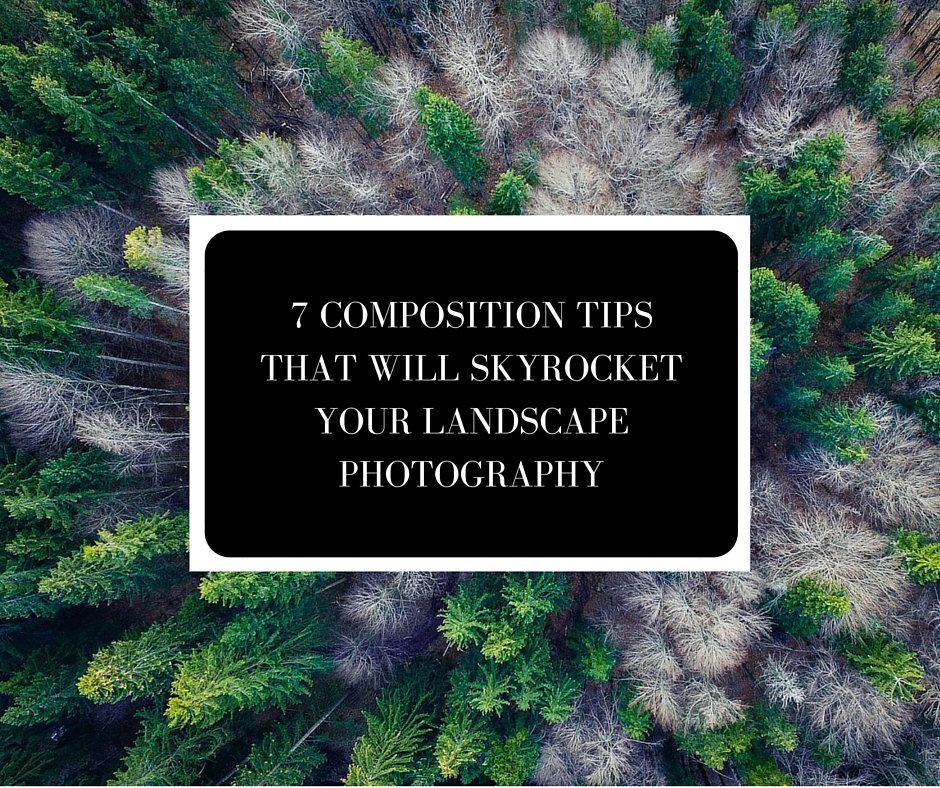
But what can you do to improve the results of your landscape compositions? As it turns out, quite a lot! We have put together a short list of where you can start with some of the results that you can expect. (Find a few other ideas here).
So settle in and grab a few tips, then head out and try out a few!
Note: If you’re ready to move beyond the beginner stage in your landscape compositions, then we highly recommend you take a look at Kent Dufault’s guide to advanced composition. It’s very useful for taking your composition beyond the ideas you’ll find in this article.
Use the Rule of Thirds (then ignore it)
The rule of thirds is one of those old chestnuts in composition that can really get some arguments going. But the truth is that if you stick to it, you will probably get a reasonable composition in a landscape. In fact, many of the great landscape photographs stick to it almost religiously. And you should certainly use the rule of thirds as a guideline for your own landscape composition experiments.
But treat the ROT more as a “guideline” than a rule and start experimenting with intentionally breaking it. There’s certainly no law that says that the rule cannot be broken. In fact, some of the following tips might help you break it in unusual and interesting ways. And of course, we have a guide to breaking it right here!
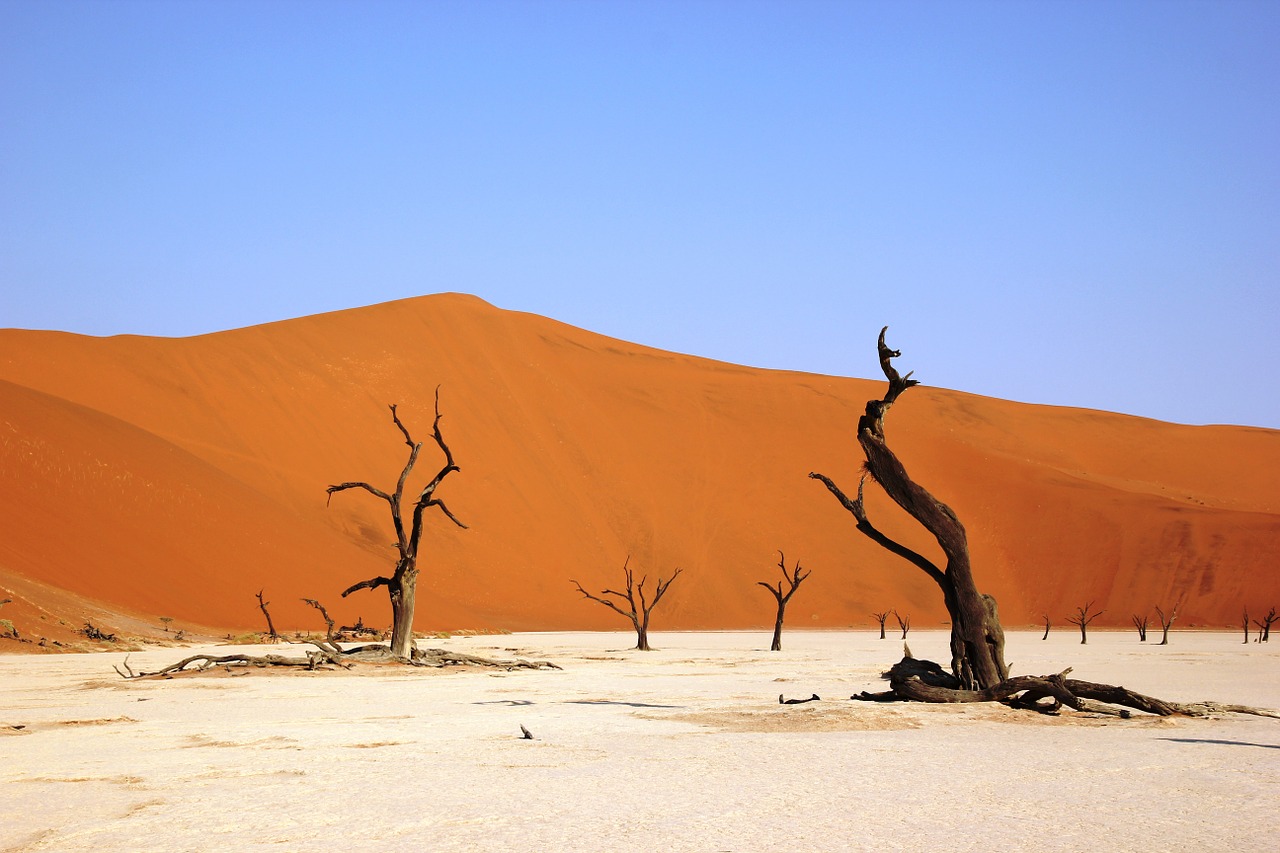
Notice how the visual elements in the photo above fall roughly on the thirds of the canvas. A landscape photograph that sticks roughly to that will usually look respectable. But don’t be constrained by it either.
Look for Leading Lines
Using leading lines is another “old faithful” of photographic composition in landscape photography with rivers, roads, tracks and fences all playing prominent roles in helping a photographer “draw the eye” of their audience into a shot.
Finding these elements and then positioning yourself in a way that allows you to use them well in your landscape is easier said than done on a lot of occasions though. Most of the time you will have to walk (often quite a distance) to get those elements in the position you want them in your frame.
You will also usually want the leading lines to actually lead somewhere specific like the center of interest. This serves to get your audience to look towards that spot on the image.
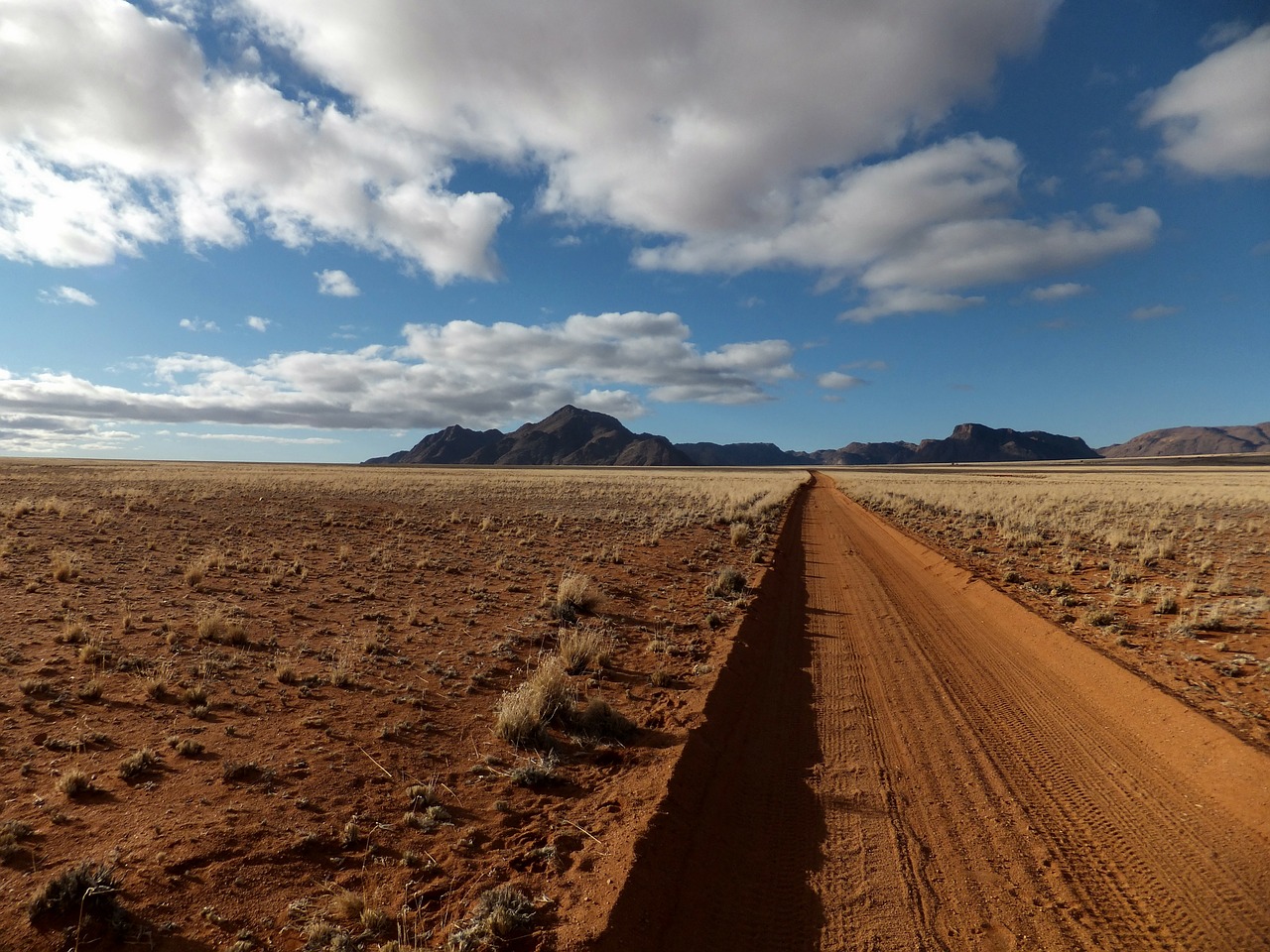
Notice how the image above uses the track (leading line) to draw the eye towards the mountains (center of interest) in the distance.
Consider the Visual Weight of Elements for a Balanced Scene
Informally, “visual weight” refers to the force that a visual element exerts to attract the eye in a scene. Brightness, contrast, size, colour and shape can all be elements you consider when contemplating visual weight.
“Balancing” the elements of visual weight in an image stops it from feeling lopsided or uneven.
In landscape photography, you will often have elements with large visual weight (mountains, sky etc) that you will need to juxtapose with elements of little visual weight (small shrubs, trees, houses in the distance etc).
If you’re using the rule of thirds (for example) the elements with the heaviest visual weight will be off center so try balancing them with smaller corresponding elements placed in the voids.
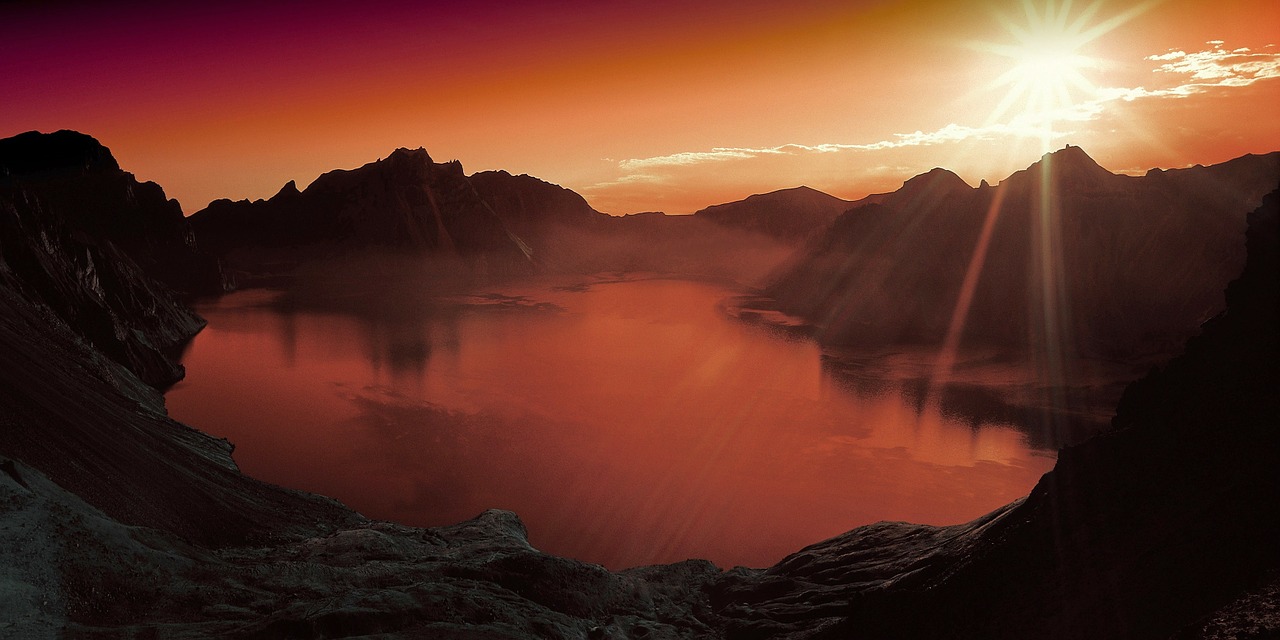
Notice how the small, yet bright sun is “balanced” by the larger yet less bright lake in the image above.
Use Natural Symmetry
When you start looking for powerful compositions in landscape photographs, you will quickly come to the realisation that symmetry doesn’t happen terribly often in nature and when it does it can look quite amazing. This is one of the reasons that symmetry, as an element of landscape photography composition, can be quite prized when it’s well done.
Now this isn’t a particularly difficult concept to understand, but finding and getting a decent photograph of symmetry in a landscape is most definitely not easy.
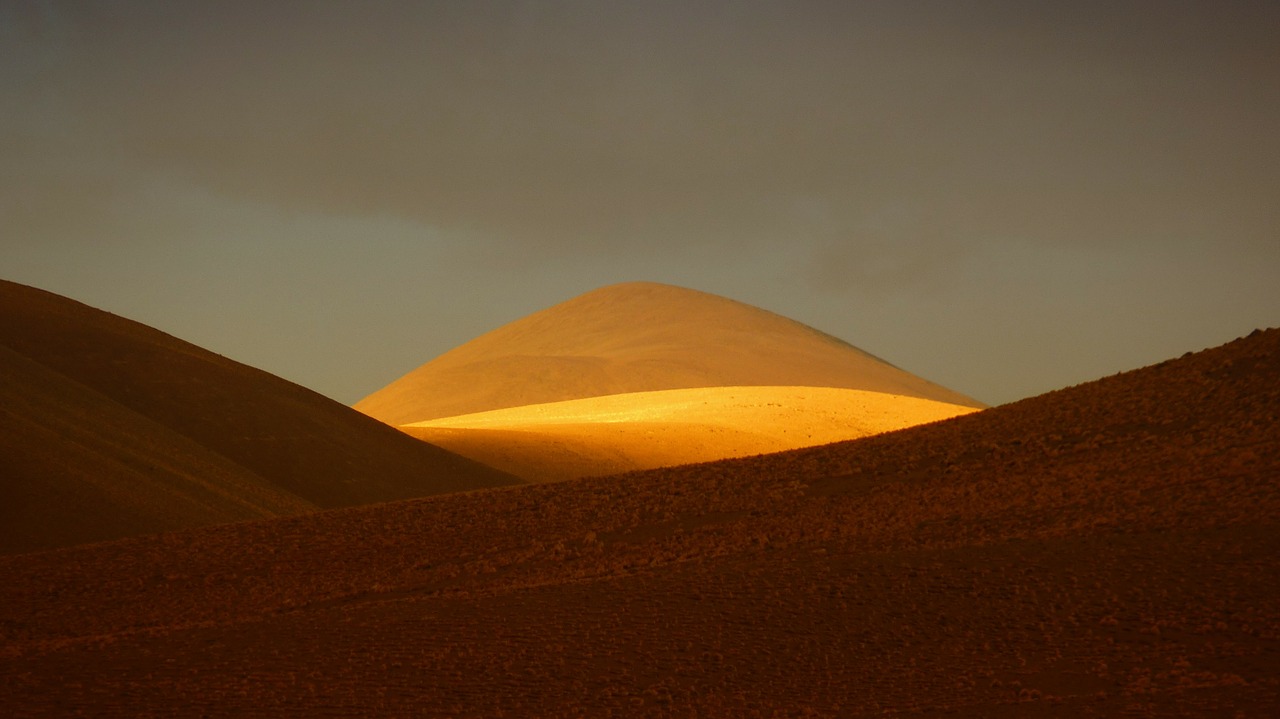
Mountains like the one above and reflections are common sources of symmetry in landscapes.
Look for Patterns (and break them!)
Like symmetry, patterns can also be quite difficult to find in nature and even harder to photograph in a compelling way. But they remain a staple of good landscape photographers. Examples of patterns in landscapes can range from ripples in water through to ploughed fields and even reflections.
Again, patterns in landscape photography will often require you to move your feet and walk to a vantage point that allows you to see and capture the pattern.
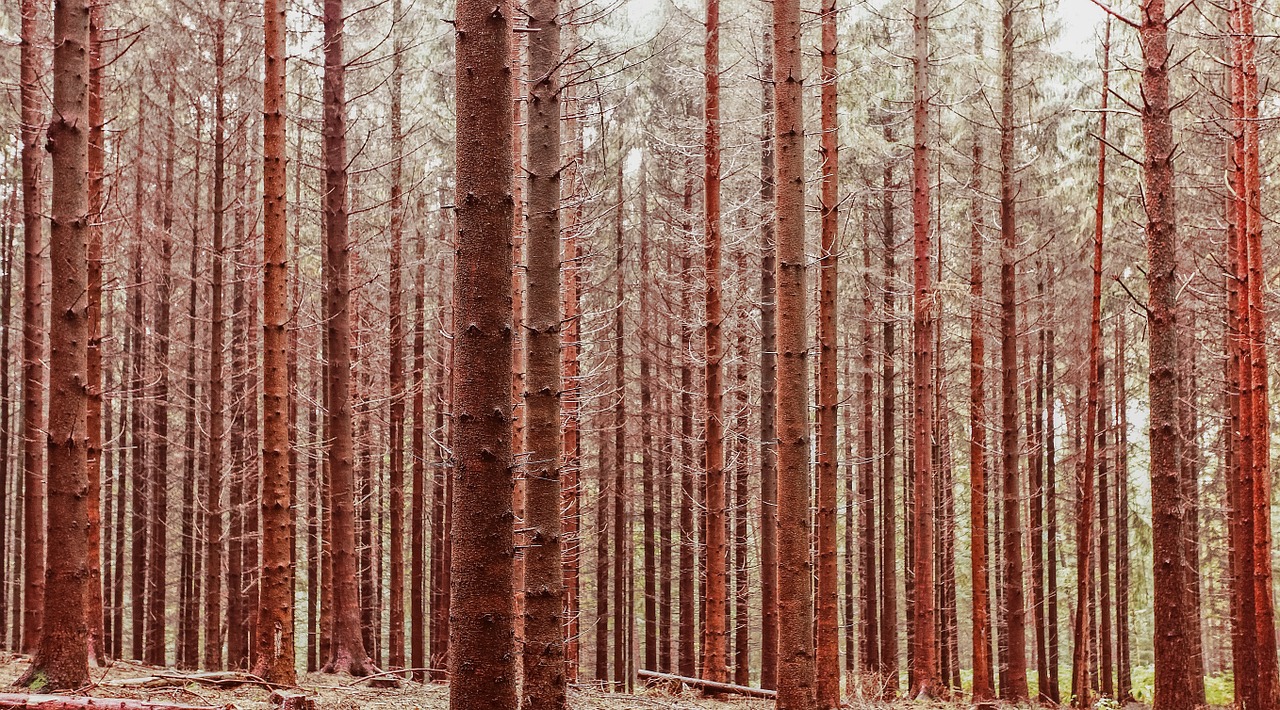
And while a good pattern can really make a compelling image, finding a pattern and then breaking it can make an even better one. See the pattern of the green grass broken by the swans and the yellow wheat below broken by the bright red poppy flower.
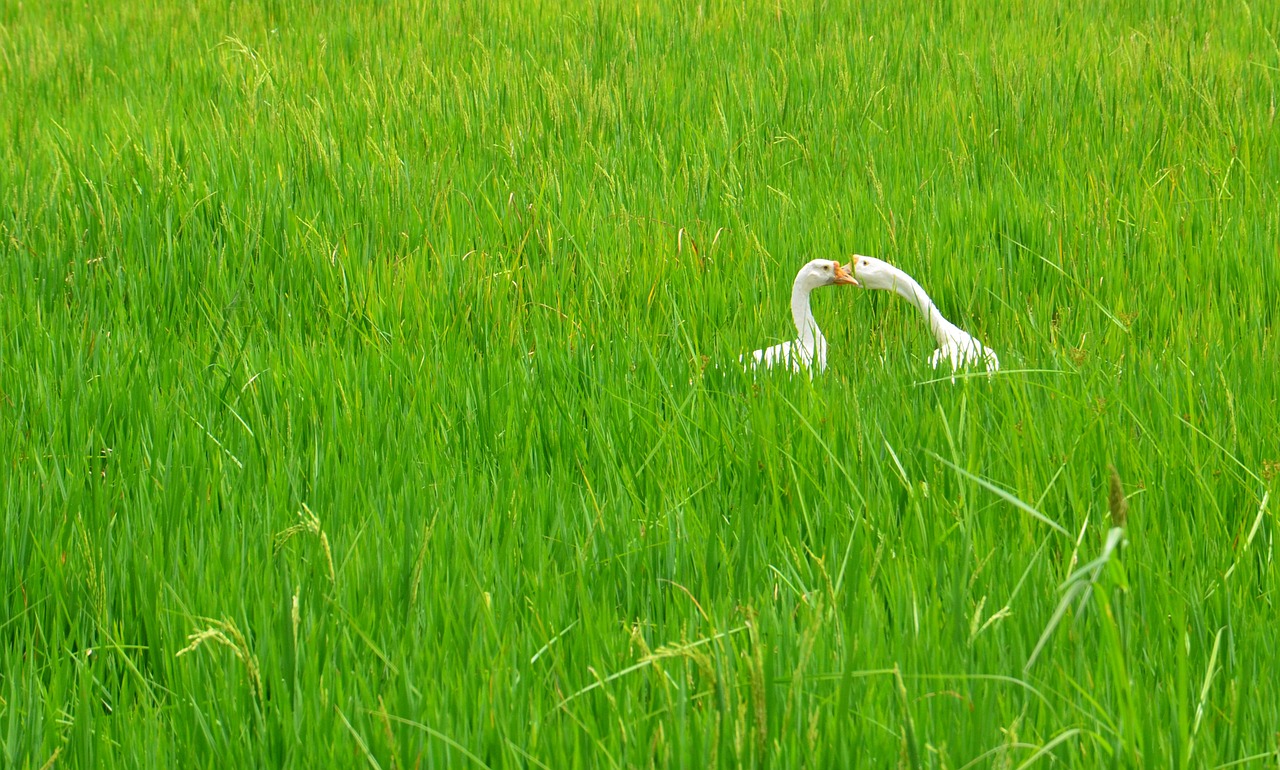
As you can see above, the pattern of the long grass is starkly contrasted against the appearance of the swans. The pattern, shape and colour are all interrupted.
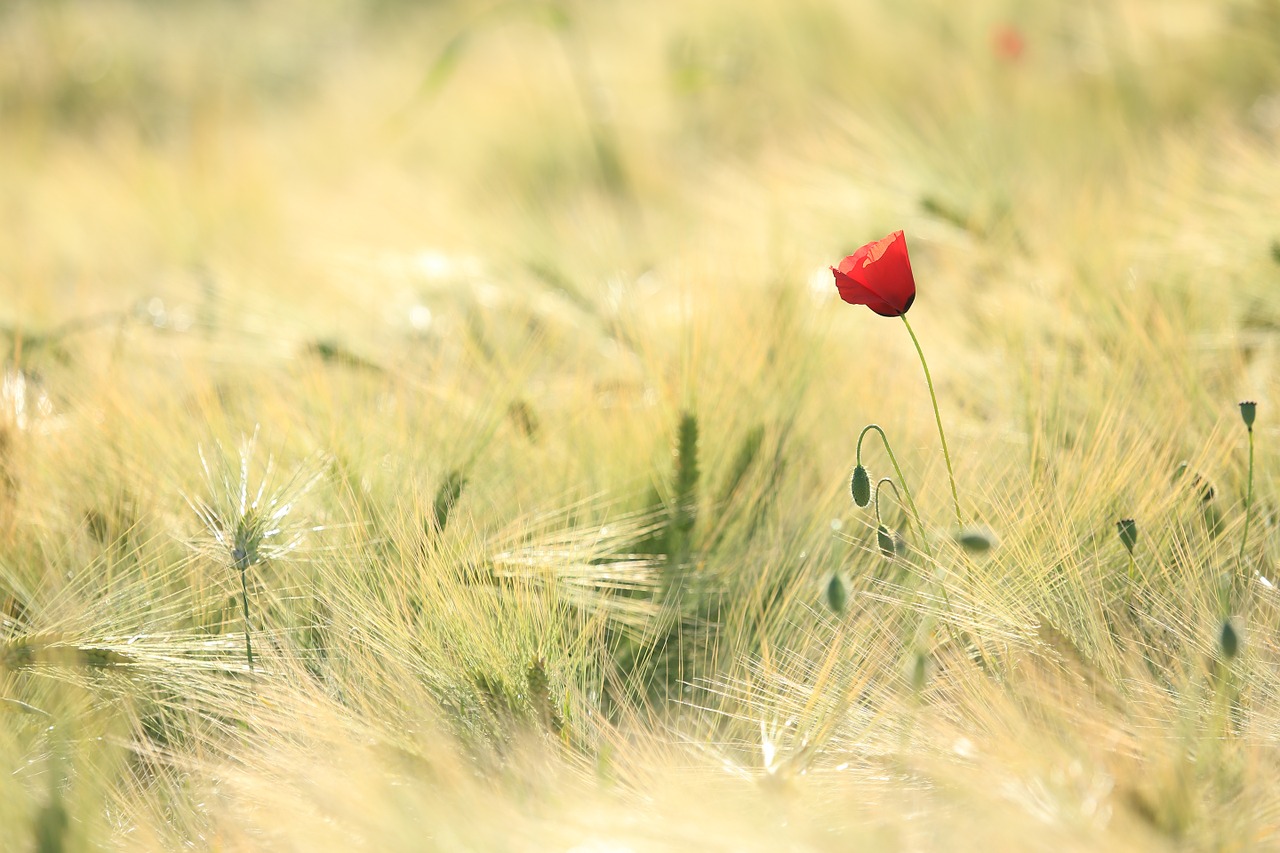
The shot above of the poppy in a field is a classic example of interrupting a pattern.
Alter the Viewpoint
A traditional landscape is taken horizontally looking towards a center of interest. But what if you turned that idea on its head? Altering your view point (ie. the position you are taking the photograph from) can dramatically change the outcome of a potential image. Now usually this means getting higher or lower or sometimes moving to a different vantage point altogether.
But sometimes, you can get more dramatic landscape compositions by really thinking outside the box. Take for example the photo below, shot from a perpendicular angle. Love it or hate it, it is not like most landscapes you see. That is the potential power of changing your viewpoint.
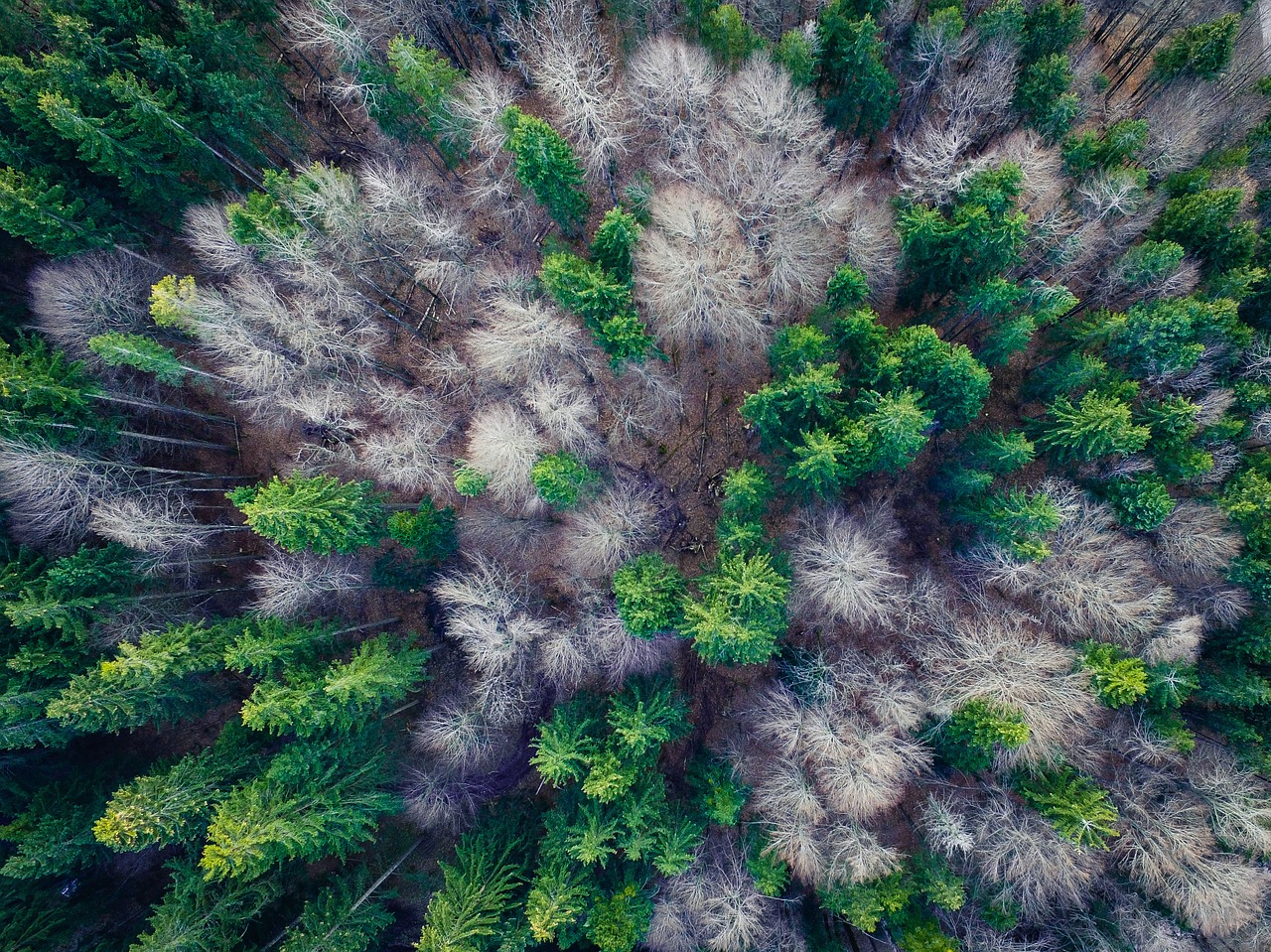
Frame the Subject With Natural Frames
Another staple of landscape photography composition that every landscape photographer should have in their arsenal is framing. That means finding natural (or human made) elements that surround your shot or its center of interest.
Framing is a very standard piece of photographic composition advice, but it stands the test of time and produces some very powerful images.
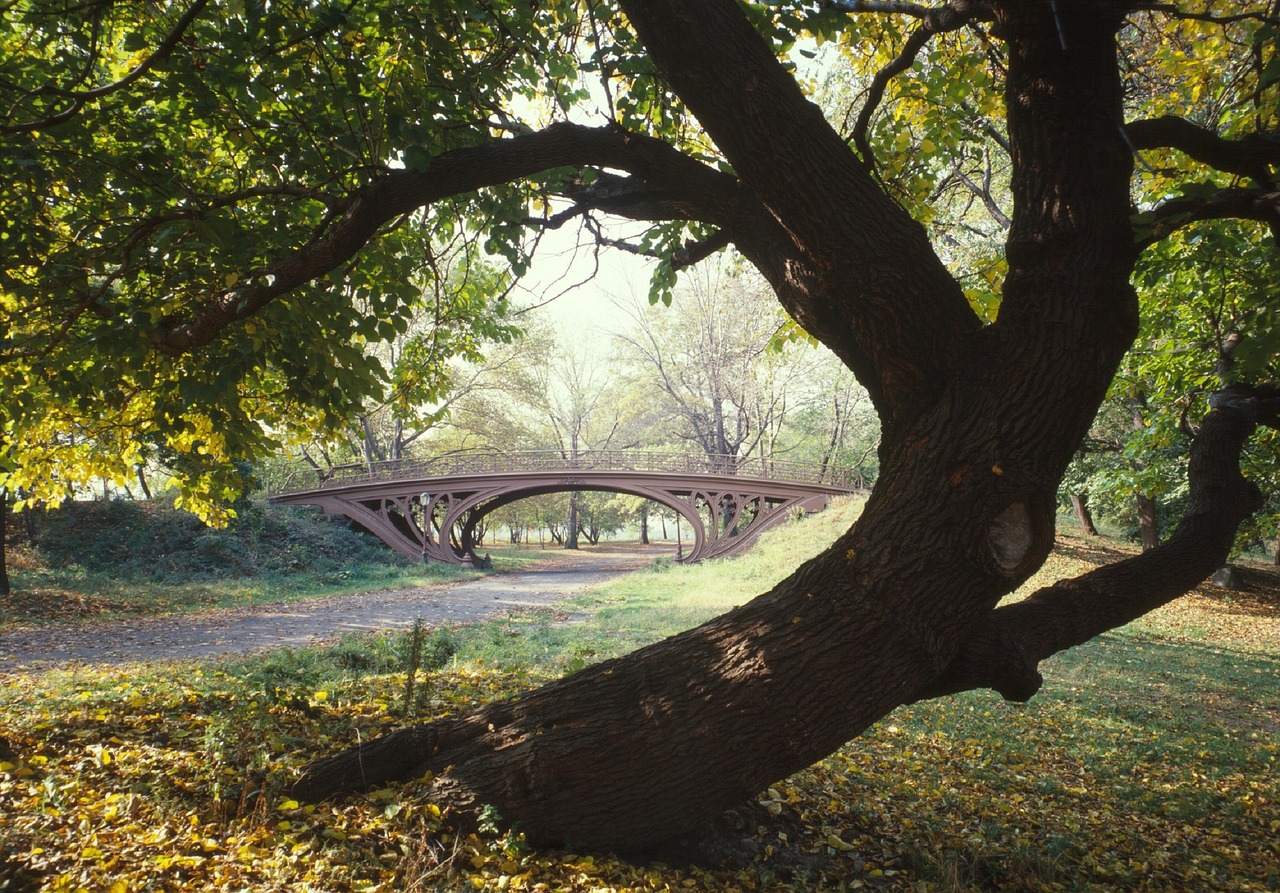
Notice how the shot above uses the tree to frame the center of interest (the bridge). Using trees as frames in this way is a very common way to use framing in landscape photography.
Conclusion
There are an infinite number of ways to compose a landscape image. And while this article doesn’t seek to be prescriptive about how you “must” do anything, these conventions of composition are tried and tested and should at least give you a start when you are feeling stuck. At the very least, learning the conventions of landscape photography composition is something that most serious landscape photographers do at some point so they’re not left without options.
As mentioned earlier, going beyond the basics of photography compositions, such as the guidelines in this article, is something that all photographers will want to do at some point. To take it to the next level, we highly recommend you see Kent Dufault’s excellent guide to advanced composition. It will give you a lot more ideas.
Further Resources for Landscape Photography Composition
- Understanding Composition by Kent Dufault
- Advanced Composition by Kent Dufault (Highly Recommended)
- Scale in Landscape Photography Composition




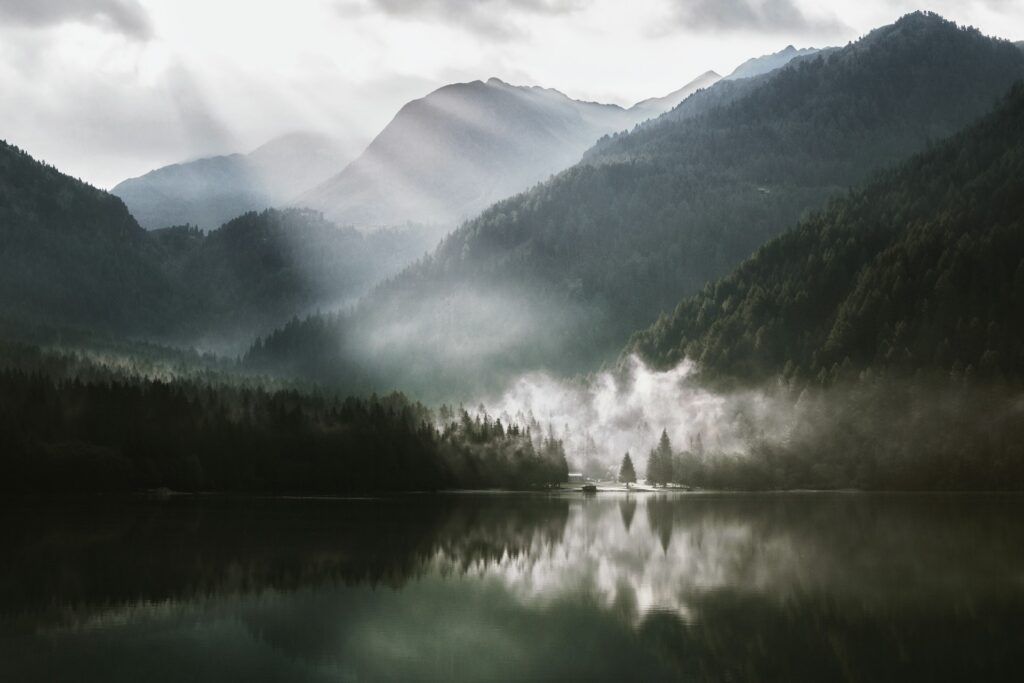


4 Comments
Great tips for travel photographers Rob.
Thank you for showing other alternatives to strick rules. Please keep up the good work.
Great article full of great tips and advice
there is literally nothing in this article that tells photographers how to break the rule of thirds, apart from saying “there is a guide to it right here”